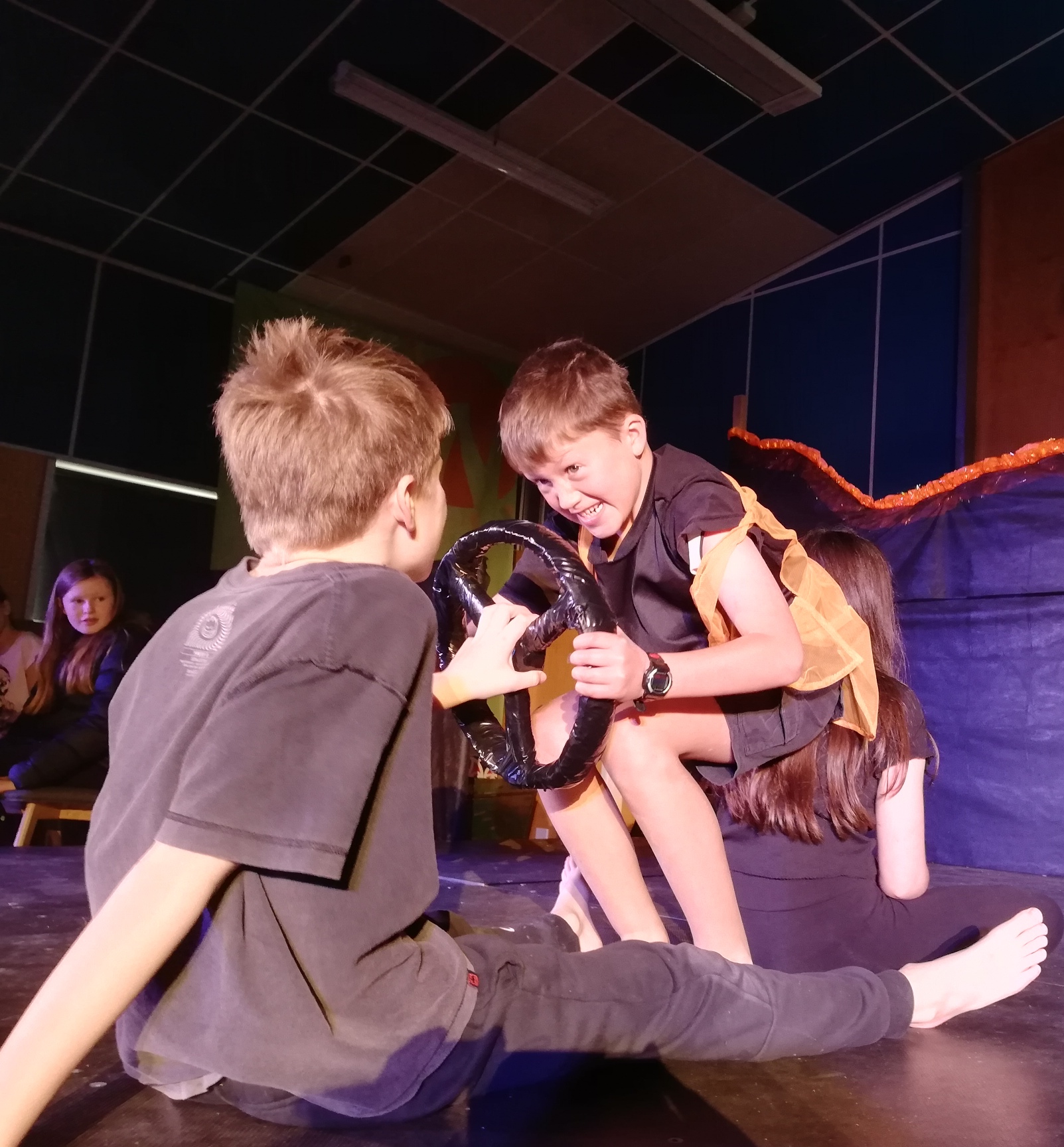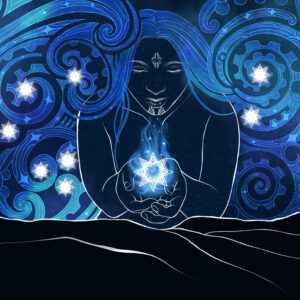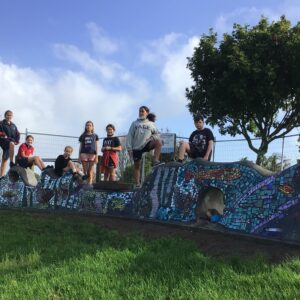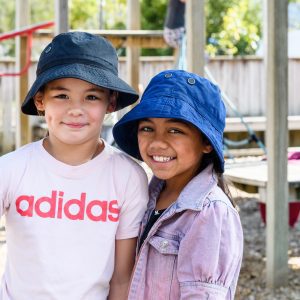On the afternoon of Tuesday 5 February 2019, a spark from farming machinery hit the ground in Tasman’s drought-scorched Pigeon Valley. It would quickly become one of the largest wildfires in modern New Zealand history, and within two days the staff and students at Wakefield School were watching the sky with growing concern.
“We were surrounded by smoke,” says Principal Peter Verstappen. “The air was filled with the sound of helicopters and there was hot ash falling on the school. We’re surrounded by hillsides covered in pine trees and we were in the middle of a drought. It was very, very serious.”
Early on Friday morning, emergency services moved in to evacuate Wakefield, giving more than 2000 residents an hour to grab the essentials and get out. “By the afternoon, the village was really locked down and there was a cordon of military and emergency services around the village. The most extraordinary visual image which sticks in my mind is that the police and army went door to door to make sure that people were out, and everyone they cleared they put a big X on the door, window or the driveway. Going through the streets afterwards, it was like a plague, like Biblical imagery of these crosses all around,” Verstappen says.
The evacuees mainly stayed with friends and relations, and people offered space in nearby homes, motor camps and holiday rentals. Staff and students spent a week in a makeshift school in a church community centre, before getting the all-clear to return the following Monday.
“But at that time we were still under a ‘red zone’, so we had to have enough empty buses on site at school that we could go at a moment’s notice if the wind changed direction. We were under those conditions for another week, and then the thing abated. So that was the experience for our children – of packing up, going at a moment’s notice, taking precious things,” says Verstappen.
Amazingly, the 2316 hectare blaze claimed just one home, but it would take time for some locals to recover from the trauma of the experience. Verstappen had been principal of a school just outside Christchurch when the 2010/2011 earthquakes hit, so knew first-hand that after initial recovery from a traumatic event, issues could “bubble up” later on.
“I knew that for probably the next six to 12 months, this would be something that would be present in the lives of some of our people, or it would come up. So we set ourselves up for that,” says Verstappen.
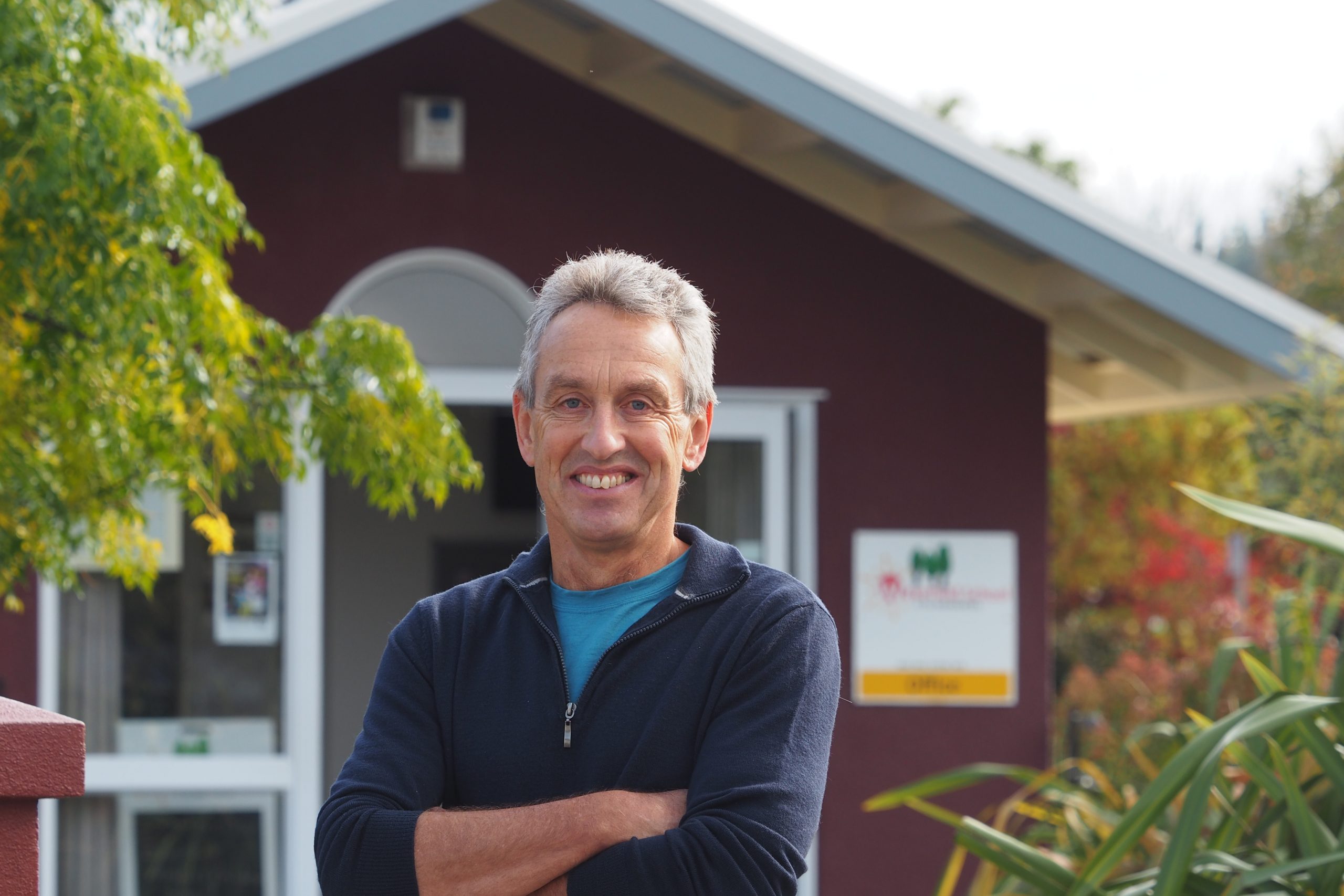
Staff shifted the curriculum focus towards wellbeing, and accelerated practices they had been working on such as mindfulness. “We shifted our lens as educators to be really conscious of where our children and families were at in terms of their hauora,” says Verstappen.
Later in 2019, when the Ministry of Education launched the Creatives in Schools programme, Verstappen immediately saw the potential to help his students. “I know that drama and theatre is really good way for children and adults to process trauma. Plus it was a great story. It deserved to be retold – to ourselves, and to our community.”
The school’s application was one of 34 accepted in the first funding round. At the start of 2020, local theatre producers Lisa and Dan Allan began working with 25–30 senior students in Years 4 to 6. Elphine Murray was in Year 4 and one of a handful of students who wrote scenes for the project, named FireFlight.
“Writing was hard, but Dan helped us get good ideas and when I started writing my scene I really enjoyed telling the story. We got ideas by talking with our families, other children and other people in Wakefield, like the fire fighters,” says Elphine. “I loved seeing the actors performing my scene and watching how the children enjoyed it when we played it to the school,” she says.
Dragons, fairies and talking trees found their way into the narrative, giving voice to the feelings triggered by the fire and evacuation. Ryan Price, who was in Year 5, played the part of a dragon.
“I thought it was good to tell about the fires because it made us think about how we handled it. When the fire happened my family didn’t have to leave our home but we could see the fires on the hills around us and it seemed a bit like a dragon blowing smoke and flames,” he says.
The project was intended to run from the beginning of 2020 through to about May 2020, when the students had been invited to perform at the Nelson Fringe Festival. But then Covid-19 happened. The students were able to finish putting the performance together by the end of Term 2, but public performances weren’t possible. “It was a little bit disappointing for them, but we videoed it and put it on our website,” says Verstappen.
FireFlight was then scaled up to become the senior school production, run by the teachers and involving 150 students. Creating a piece of theatre from a blank sheet of paper was a big challenge for the students, says Verstappen.
“They were really deeply tied up and invested in the actual process. For a lot of them, they weren’t really thinking, ‘oh this is helping me work through my feelings’, but we’d been a little bit strategic in some of the children we had drafted into that group. I could see for some of them that just the repetition of telling that story in rehearsals, telling it again, and telling it again, and telling it again, they grew more comfortable with talking about it, and recollecting what it had been like.
“Also, by putting that layer of imagination in place, it kind of neutralized some of the trauma in some ways, so we weren’t telling ‘my’ story, we were telling ‘my interpretation’ of my story. And we had that sort of imaginative play element in it, so it made it safer in some ways, and took it out into a calmer and safer space for them.
“So, for kids who are finding it hard to talk about it, or for families for whom it had become a subject that was buried, this was a way of accessing the subject with a degree of safety,” says Verstappen.
Verstappen says the Creatives in Schools programme is excellent but highly contestable. “It would be nice to see something that was funded in a more robust way so we could access that kind of expertise and bring it into schools. I wanted to make sure my teachers got some professional learning out of this, because unfortunately over the last decade or so, professional learning in the arts has been nowhere. It’s just completely vanished,” he says.
“What we’re saying now is, actually a valid outcome is to enable our children to be calm. Because if they can’t be calm, they can’t learn”
“We actually have a whole cohort of teachers coming in now who know nothing about teaching the arts. It wasn’t part of their initial teacher education,” he says.
Verstappen says the experience of producing FireFlight gave teachers permission to interpret the curriculum.
“We’re still crawling out from under the rock of National Standards, and that really does blinker a lot of our teachers’ mindsets, in terms of what counts as valid curriculum and what counts as valid outcomes for schooling and teaching. What we’re saying now is, actually a valid outcome is to enable our children to be calm. Because if they can’t be calm, they can’t learn.”
***
Verstappen’s view resonates with Professor Peter O’Connor. He is the University of Auckland’s Director of the Centre for Arts and Social Transformation and the driving force behind Te Rito Toi, an online resource which was created to assist schools as students returned to the classroom post-lockdown.
“Study after study after study shows that if you don’t get wellbeing right, the learning doesn’t happen. That is as true for teachers as it is for kids. You want your teachers to be well fed so they can feed others. It’s that simple,” says O’Connor.
With a focus on the arts and wellbeing, over 250,000 Te Rito Toi page views in the first weeks of schools reopening post-Covid-19 and 30,000 Aotearoa New Zealand teachers engaging with the site, O’Connor says it is possible more arts were used to teach that month in schools than in a generation. One of the key questions for O’Connor is how to ensure that educators themselves are doing okay, which is why the website has a whole section about how educators can care for their own wellbeing.
“Study after study after study shows that if you don’t get wellbeing right, the learning doesn’t happen”
“One of the most interesting things we found is that Te Rito Toi gave teachers permission to care for themselves, to slow down, that they didn’t have to go in and assess, and do all this madness around catching up. They had to accept that they were working in a pandemic, in an ongoing crisis,” he says.
O’Connor’s team researched the experience in South Auckland’s third lockdown. “The children were really scared that their parents and grandparents were going to die. That’s what they brought into school. The media around Covid is so intense, that the children are coming in with these high levels of anxiety, multiplied in Christchurch because of the terror attack, plus the earthquakes, and now this. And the teachers are dealing with that. And the exhaustion of dealing with young people’s anxieties, real anxieties is enormous,” he says.
O’Connor says that as part of caring for their own hauora, educators should include themselves in the Te Rito Toi activities they do with their students.
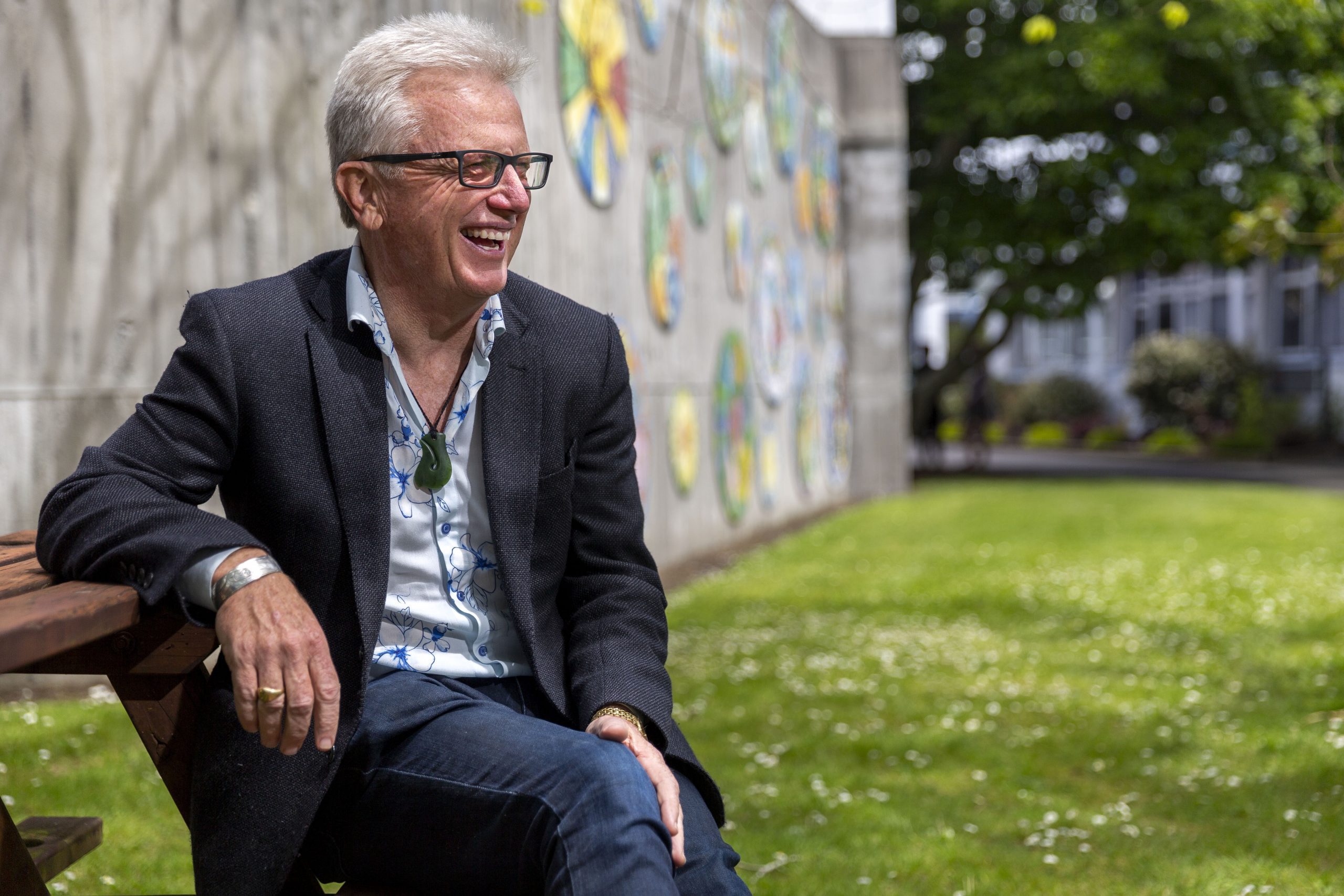
“The wonderful thing about the arts is that you should sing with your children, you should dance with them, you should draw and paint with them, you should be involved with the theatre they’re making. The relationship building is in the making together,” he says.
I’m doing some work with Sistema in South Auckland, which is a stunning philanthropic organisation that teaches kids to be part of mini orchestras. It’s gob smacking. At a concert last year, these two 11-year-old boys played the cello to a packed out arena in South Auckland. There’s one boy playing and he looks behind to his mate, and they’re both perfectly in time with each other – you know that exquisite moment – and the look on his face. If I ever needed to explain to a Cabinet Minister why the arts are important, I’d say that moment of exquisite joy between two young boys knowing they were making something together that was beautiful,” he says.
***
The work of Te Rito Toi continues to evolve and develop, and a Pasifika strand has recently been added alongside the mainstream English language and Hā Ora (Breath of Life) kura kaupapa resources.
Last year, teacher Dagmar Dyck, who heads the arts at Auckland’s Sylvia Park School, invited O’Connor to see their whole-school student-led inquiry into Aotearoa New Zealand histories and show him how deeply the arts have been integrated into the school’s curriculum.
“I laid a wero down for him,” says Dyck, who recently completed her Masters in Professional Studies in Education. Her research focused on culturally sustaining pedagogies within Visual Arts.

“How we, as Moana people, engage the arts is often as a collective, with a strong focus on storytelling, often reflecting raw, honest narratives. Until now, within arts education, we have only had academics without Pacific heritage write about us. I knew this was an issue as we need to not just tell our own story, but, critically, own it,” she says.
Dyck says there haven’t been any specific resources for Pasifika arts in the school curriculum for at least 15 years, and she saw Te Rito Toi as an opportunity to fill this massive gap by building teachers’ confidence and providing tools to bring Pasifika arts into the classroom. O’Connor quickly embraced Dyck’s challenge to include a Pasifika strand in Te Rito Toi, which includes a videoed session of her leading students in making a lei.
“What we’re talking about here is the power of authentic connection and children being afforded safety and space to bring their whole self into a classroom. Tapasā’s ethos, coupled with teaching the arts, is a wonderful lever for teachers to give of themselves by sharing who they are,” she says.
“What we’re talking about here is the power of authentic connection and children being afforded safety and space to bring their whole self into a classroom”
Dyck says that lei are traditionally made as a gift for someone else. When children are creating a lei the focus is on the time and love put into the process for someone they love, and the sense of wellbeing that comes out of that.
“I think it’s recognising that even if you aren’t of Pacific descent, there are elements of all our cultures where we give for the sake of giving, because it makes us feel good,” she says.
Dyck says a key wellbeing outcome with making leis is the conversation that sits alongside the creative process. “At the end of the lesson we all sat back down in our circle and shared about who the lei was made for and the story behind it, and why they did it. That’s the most powerful thing for me,” she says.
O’Connor says the arts provide a safe space to talk about really deep and significant things that children are bringing into school. The arts are the obvious tool for whole school hauora.
“The thing which can’t be underestimated is that the arts bring joy, colour and life to a classroom in a way that nothing else does. It’s the joy, the colour, the wonder, the fun, the laughter, the movement in all the art forms that reconnect us, and that’s their role in society,” he says.
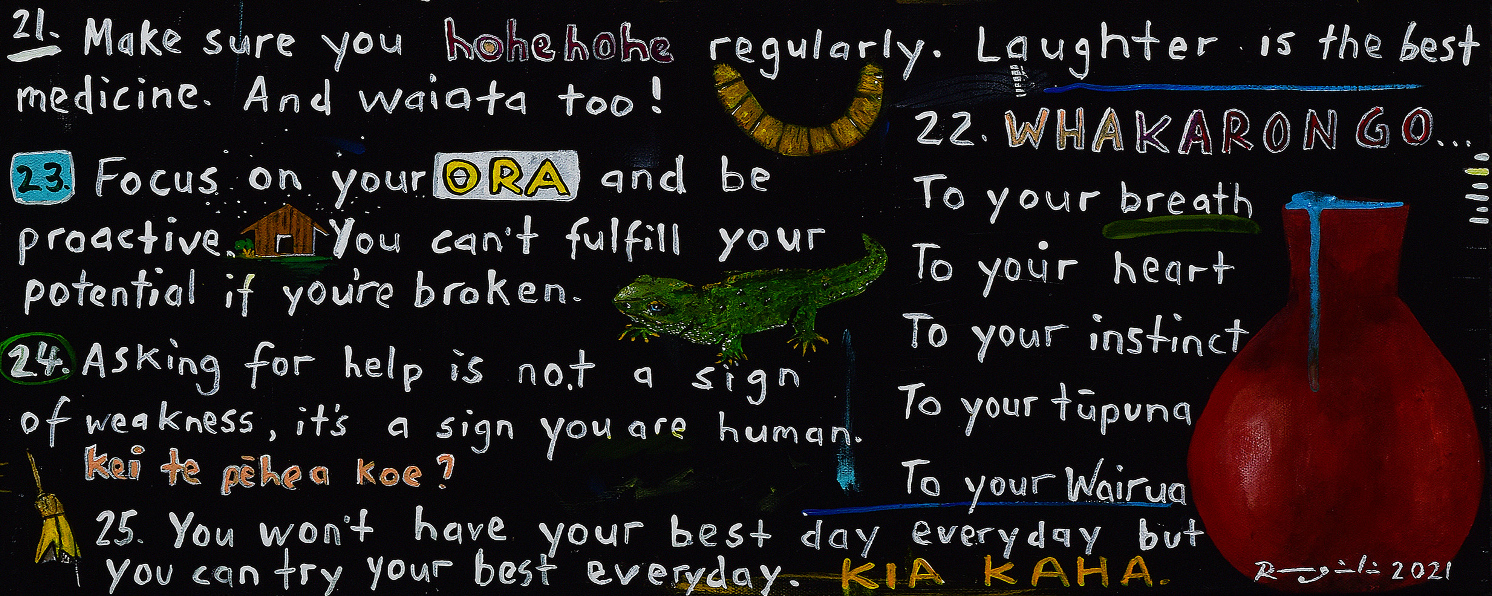
Addington lockdown superheros
Our family game nights
Sometimes fun, sometimes fights
Camping on the lawn
Waking up at dawn
We won’t tell you lies
We’ve been eating lots of pies
We’ve been sleeping in each day – it’s cool
But still missing all our mates from school
We’re all Addington lockdown superheroes
Between the online classes and all-school Zooms, the students of Addington School in Ōtautahi jotted down words, poems and ideas to describe their experiences of lockdown. These memories were set to music and became a supportive anthem as they returned to school.
The Covid-19 lockdown came just a term after the school community had settled into their post-earthquake rebuild and at a time when the pain of the nearby Al Noor Mosque shootings was still raw. For Principal Donna Buchanan, it was a feeling of “here we go again”, but she and her staff were determined to keep connected with students, with the arts and creativity playing a central role.
“We’ve been through enough at school to know that that’s how we fit together. The arts and performing together is what brings us together and makes us feel like we belong,” she says.
Music coordinator Ally Palmer and piano tutor Tom Harris put the student’s words to music and band tutor Matt Stevenson recorded it at his home studio. As soon as the students returned to school after lockdown, they recorded vocals in small, socially distanced groups, then teacher Sheryn Follero used the children’s photos and video clips to make a video.
“It was pretty interesting to see what they came up with,” says Palmer. “To me, it sounded like they were really able to express their frustration and the good parts of [lockdown]. To see their lines become part of the song, I think there was quite a lot of pride for them. I know, especially when photos came up on the video, they were cheering and laughing with each other, a lot of comradery as well.”
Buchanan says the music video had a huge impact on the students’ wellbeing. “I sent that everywhere and anywhere to places all round – the ministry office and it went to the Children’s Commissioner. We had a letter from Jacinda Ardern, and it just kept coming. I think the kids just rode the buzz,” she says.
Addington School has long had a community-driven focus on the arts. The music school runs senior and junior choirs, a ukulele orchestra, a Pasifika drumming group and employs tutors for students to have lessons during class time for drums, composition, singing, keyboard, bass, guitar, ukulele and dance, all of which give students a way to express themselves creatively.
The performing arts are a personal passion for Buchanan. In the school’s biannual productions, she leads the performance side, while Palmer brings the music together. However, Buchanan says, there is no expectation on teachers to be experts in the performing arts. “We talk about learning with the kids and being a risk taker. I’m certainly not a dancer, but I show them something, join in, and look like I’m having fun,” she says.
Palmer says that every year for the past 12 years, the students have produced a music album. “Some of the kids write their own songs and we help them bring out their words,” Palmer says. “There have been some special moments … for kids that struggle in other areas, they’ve got a song.”
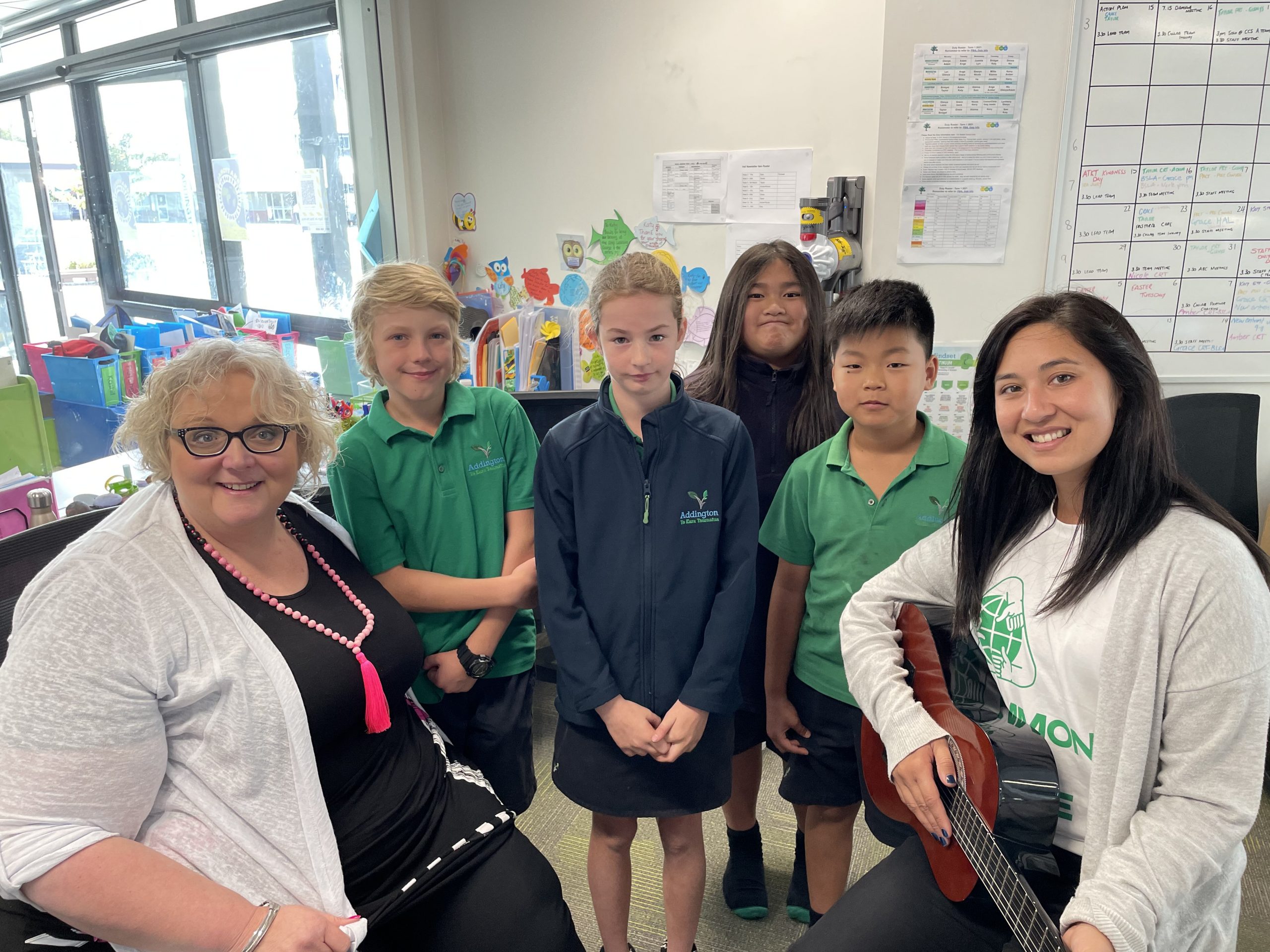
Watch the Addington Superheroes video: https://youtu.be/BOmZbqFBm84


